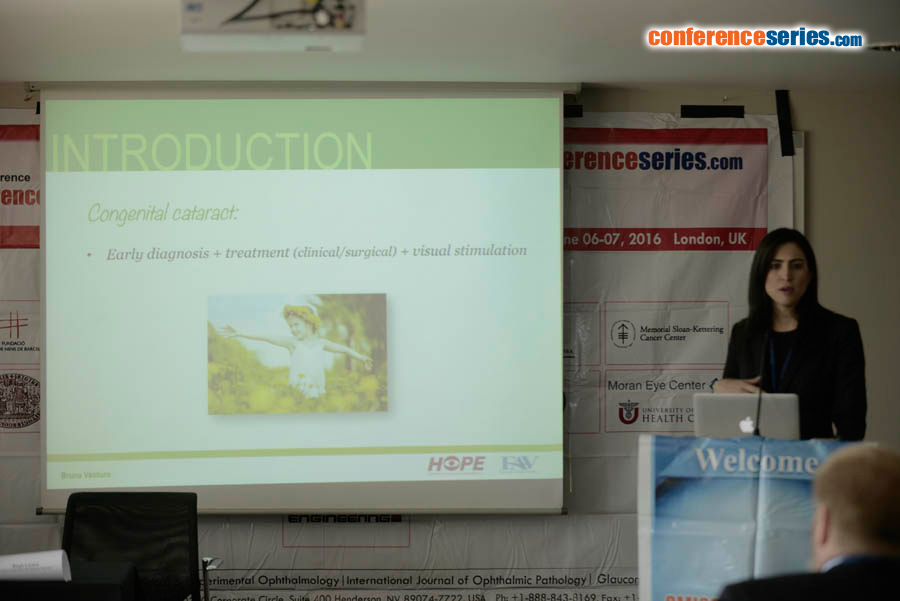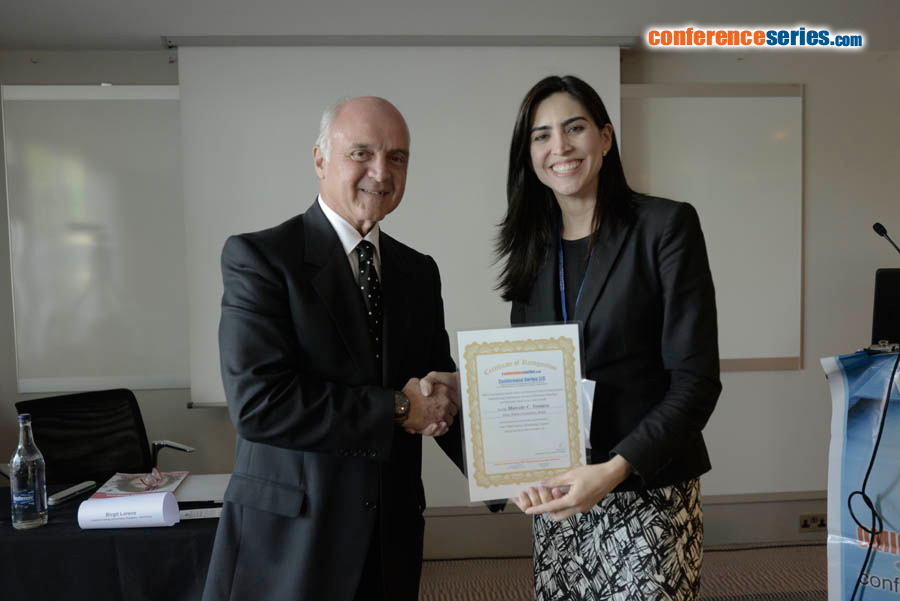
Bruna V Ventura
Altino Ventura Foundation
Brazil
Title: Ocular findings in infants with microcephaly after outbreak of Zika virus in Brazil
Biography
Biography: Bruna V Ventura
Abstract
The Zika virus (ZIKV) is a neurotropic flavivirus. It was first identified in a rhesus monkey in 1947, and first isolated in humans from Uganda a year later. However, only in 2007, a ZIKV outbreak was reported outside of Africa. This outbreak was characterized by rash, conjunctivitis and arthralgia. Another ZIKV epidemic occurred in the French Polynesia in 2013 and 2014. In April 2015, the first ZIKV autochthone transmission was confirmed in Brazil, followed by an epidemic scenario in the country. It is estimated that more than one million Brazilians have had ZIKV infection since then, reflecting the virus’ capacity to cause large-scale outbreaks where the vector is present. After the Brazilian ZIKV outbreak, an unexpected 20-fold increase of microcephaly in newborns was identified, with approximately 3,174 new suspect cases until January 2016. For the first time in history, this malformation has been associated with ZIKV intra-uterus infection. Since other vertically transmitted diseases can cause ocular alterations, ZIKV may also affect the eye. Literature is scarce regarding the ophthalmologic findings of infants with clinical diagnosis of ZIKV-related microcephaly. The Altino Ventura Foundation is a tertiary reference center in Ophthalmology in Recife, Pernambuco, Brazil, and has a Rehabilitation Center for patients with multiple disabilities. Since Pernambuco is one of the states with the highest prevalence of ZIKV-related microcephaly, several patients received ophthalmologic care at the Foundation. Thus, we have assessed the ocular findings of infants born with microcephaly during the Brazilian ZIKV epidemic.



